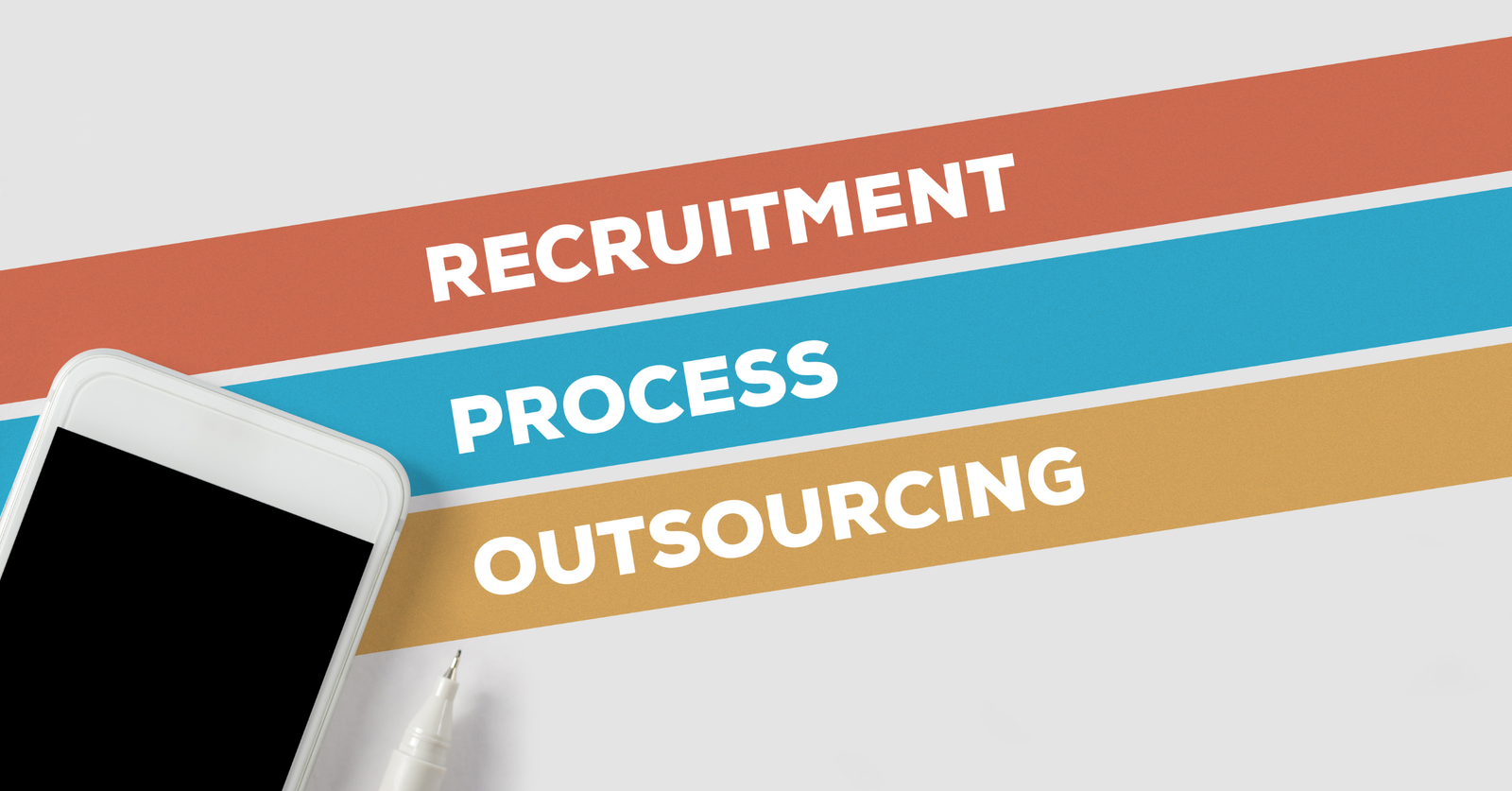In the dynamic landscape of 2025, the traditional notions of leadership are being completely rewritten. The old playbook, which often relied on rigid hierarchies and top-down commands, simply doesn’t work with today’s diverse, purpose-driven, and often remote workforce. Leadership is no longer a title, but a skill—a fluid, adaptable art form that requires a deep understanding of human psychology, technology, and the ever-changing demands of the modern workplace. This blog post will dive deep into the concept of leadership styles, exploring why they are more important than ever, and how you can identify, adapt, and master the leadership approach that will not only help you succeed but also empower your team to thrive in the years to come.
What Is Leadership Style?
Definition: A leadership style is a leader’s characteristic approach to providing direction, implementing plans, and motivating people. It’s the unique blend of behaviors, traits, and strategies a person uses to guide and influence others. Think of it as a leader’s personal brand—it’s how they communicate, make decisions, and interact with their team on a day-to-day basis.
Key Components:
- Decision-Making: Who makes the final call? Is it the leader alone, or is the team involved?
- Communication: Is communication top-down and directive, or is it open, two-way, and collaborative?
- Delegation: How much autonomy do team members have? Does the leader micromanage or empower?
Why Leadership Styles Matter in 2025
The world of work is fundamentally different in 2025. The shift to remote and hybrid models, the rise of AI, and a workforce that prioritizes purpose and well-being have all changed the game.
- The Modern Workforce: Gen Z and millennials now make up the majority of the workforce. They don’t just work for a paycheck; they want to feel connected to a mission. A transformational or servant leadership style resonates with them far more than a traditional, autocratic approach.
- Remote & Hybrid Work: In a world where you can’t see your team in the office, trust is everything. Micromanagement (a hallmark of an autocratic style) is not only ineffective but can also lead to burnout. Leaders must adopt styles that prioritize trust, clear communication, and outcomes over face time.
- AI and Automation: As AI automates routine tasks, a manager’s role shifts from a taskmaster to a strategist and coach. Leadership styles must evolve to focus on developing human skills like creativity, emotional intelligence, and critical thinking. For example, a coaching leadership style is now essential for helping employees adapt and grow alongside technology.
Top 8 Leadership Styles Every Manager Should Know in 2025
Understanding these styles allows you to choose the right approach for any situation.
- Transformational:
- Definition: Inspires and motivates employees to innovate and drive change.
- Pros: Fosters creativity, high employee engagement, and a strong sense of purpose.
- Cons: Can be less effective in stable, highly structured environments.
- Anecdote: Think of a tech startup founder who rallies their team around a seemingly impossible vision, inspiring them to work long hours not out of obligation, but out of passion.
- Laissez-Faire:
- Definition: “Hands-off” leadership. Gives employees complete freedom and autonomy.
- Pros: Great for highly skilled, self-motivated teams; fosters creativity.
- Cons: Can lead to a lack of direction, poor performance, and confusion for less experienced teams.
- Example: A team of senior graphic designers who are trusted to manage their own projects and deadlines with minimal oversight.
- Democratic/Participative:
- Definition: Involves employees in the decision-making process.
- Pros: Boosts morale, fosters collaboration, and leads to more innovative solutions.
- Cons: Decision-making can be slow.
- Example: A marketing manager who holds a team-wide brainstorming session to decide on a new ad campaign’s direction, valuing everyone’s input before making the final choice.
- Autocratic/Authoritarian:
- Definition: The leader makes all decisions with little to no input from the team.
- Pros: Quick decision-making in a crisis. Effective for new or inexperienced teams.
- Cons: Can stifle creativity, lead to low morale, and high turnover.
- Anecdote: During a cybersecurity breach, the lead engineer might need to take an autocratic approach, barking orders to contain the threat without wasting time on a team discussion.
- Servant:
- Definition: The leader’s primary goal is to serve their team members and help them grow.
- Pros: Fosters trust, high morale, and a supportive team culture.
- Cons: Can be seen as a sign of weakness in high-pressure, competitive environments.
- Example: A retail store manager who spends more time training new employees, resolving their personal issues, and ensuring they have the tools they need to succeed than they do on their own administrative tasks.
- Transactional:
- Definition: Relies on a system of rewards and punishments to motivate performance.
- Pros: Clear expectations and a simple way to track performance.
- Cons: Can lead to a “just for the money” mindset; lacks inspiration.
- Example: A sales team leader who offers a bonus to the top performer of the month.
- Coaching:
- Definition: Focuses on developing individual skills and helping team members reach their full potential.
- Pros: Builds confidence, fosters long-term growth, and improves performance.
- Cons: Can be time-consuming and less effective in high-pressure situations.
- Example: A team lead who regularly holds one-on-one meetings, not just to review work, but to ask “What skills do you want to develop?” and “How can I help you get there?”
- Pacesetting:
- Definition: Sets extremely high standards and expects the team to meet them at a fast pace.
- Pros: Can achieve quick results; useful in competitive environments.
- Cons: Can lead to burnout and low morale.
- Example: A project manager pushing a team to meet an aggressive deadline, often doing the work themselves to set the pace.
Adapting Leadership Styles to Different Situations
There is no “best” leadership style. The most effective leaders are adaptable. This is the core of situational leadership theory.
- Follower Readiness: A leader’s approach should change based on the skills and motivation of their team members. A new intern with low competence but high commitment needs a more autocratic style (telling them exactly what to do). An experienced, highly competent team member thrives with a more laissez-faire or coaching approach.
- Crisis vs. Normal Operations: In a crisis, a more autocratic style is necessary for quick, decisive action. However, during day-to-day operations, a democratic or coaching style is better for fostering long-term growth and morale.
How to Identify Your Leadership Style?
Understanding yourself is the first step to becoming a better leader.
- Self-Reflection: Ask yourself: How do I typically handle conflict? How do I give feedback? Do I prefer to make decisions alone or with my team?
- 360-Degree Feedback: The most accurate way to identify your style is to ask for feedback from your direct reports, peers, and superiors. They will provide insights you can’t get from self-reflection alone.
- Leadership Assessments: Utilize tools like the DISC assessment, StrengthsFinder, or other leadership style quizzes to gain a more objective perspective on your natural tendencies.
Tips for Managers to Improve Leadership in 2025
- Embrace Emotional Intelligence (EQ): The ability to understand and manage your own emotions, and to recognize and influence the emotions of those around you. It’s the key to navigating the complexities of the modern workplace.
- Foster Psychological Safety: Create an environment where team members feel safe to speak up, share ideas, and make mistakes without fear of punishment. This is the foundation of innovation and a hallmark of transformational and servant leadership.
- Leverage Technology (Responsibly): Use collaboration tools, project management software, and even AI-powered analytics to gain insights into team performance and well-being.
- Be a Lifelong Learner: The world is changing rapidly. The best leaders are constantly reading, taking courses, and seeking out new knowledge to stay ahead of the curve.
Leadership Style Trends in 2025 and Beyond
- Hybrid Leadership: Leaders who can seamlessly switch between autocratic (when necessary) and democratic (for most of the time) styles.
- AI-Powered Insights: Using data from collaboration tools to identify signs of burnout or low morale before they become major problems.
- Purpose-Driven Leadership: The future of leadership is not just about profit, but about impact. Leaders who can connect their team to a larger mission will attract and retain top talent.
Leadership Style Comparison Guide
| Style | Decision-Making | Communication | Employee Focus |
| Autocratic | Leader makes all decisions. | One-way (leader to team). | Task-oriented. |
| Democratic | Shared, collaborative. | Two-way. | Team-oriented. |
| Transformational | Shared; focused on innovation. | Inspirational, open. | Growth and development. |
| Transactional | Leader dictates rules. | One-way (orders). | Performance and rewards. |
Conclusion
In 2025, leadership isn’t a fixed trait; it’s a dynamic skill. The most effective managers are those who understand the various leadership styles and can adapt their approach to suit the unique needs of their team and the ever-changing work environment. By focusing on emotional intelligence, psychological safety, and continuous learning, you can become the kind of leader who inspires, empowers, and drives success.
Key Takeaways
- Leadership is not a one-size-fits-all concept.
- The most effective leaders in 2025 are adaptable and empathetic.
- Psychological safety is the foundation of a successful team.
- Understanding your own style is the first step to becoming a better leader.
FAQs on Leadership Styles
Q: Can a person have more than one leadership style? A: Yes! Most effective leaders have a primary style but can draw on other styles as the situation demands.
Q: Which leadership style is the best? A: There is no single “best” style. The most effective style depends on the situation, the team, and the leader’s goals.
Q: How can I change my leadership style? A: Start with self-reflection and feedback. Identify areas where you want to improve, then practice new behaviors. For example, if you want to be more democratic, start by holding a brainstorming session and genuinely listening to your team’s ideas.





